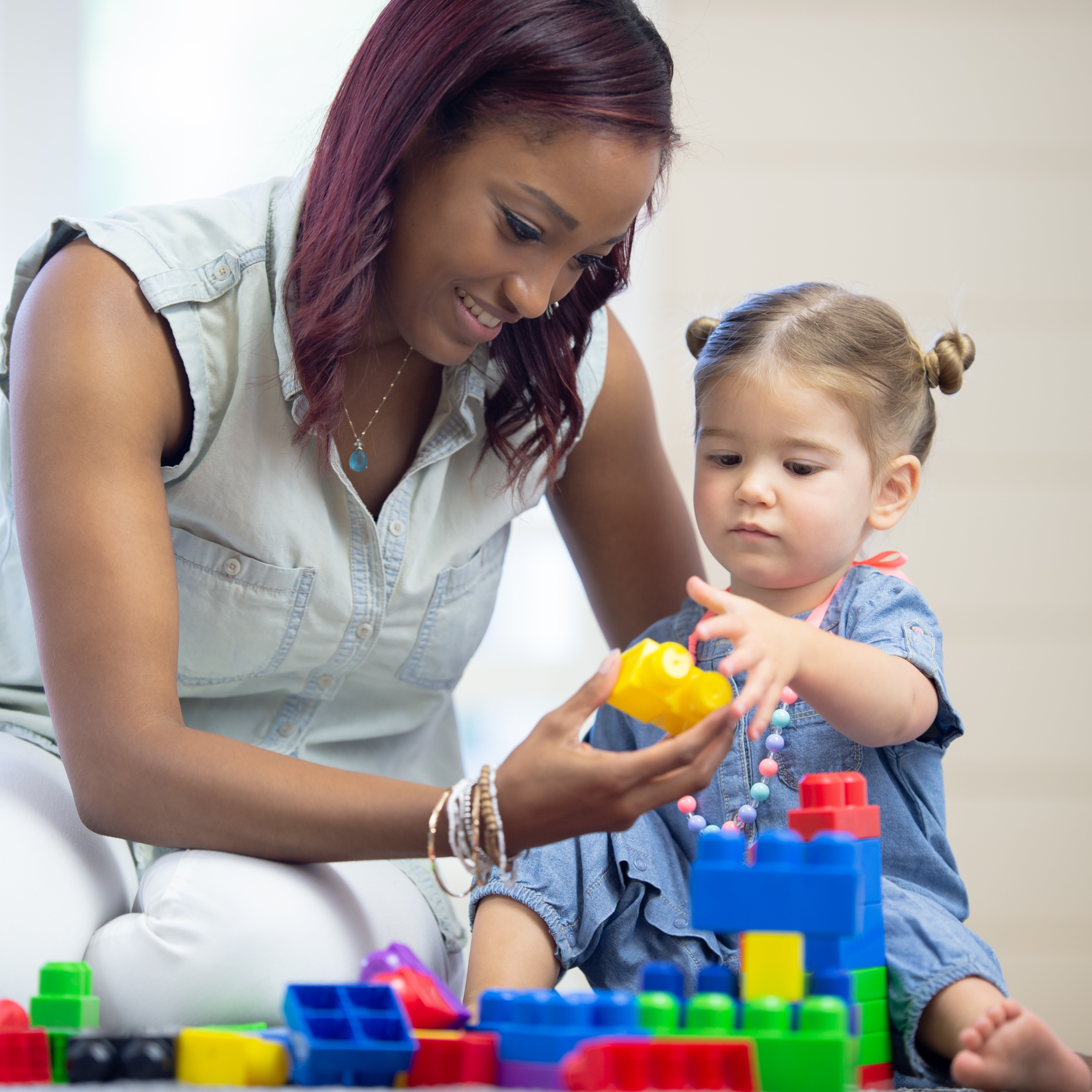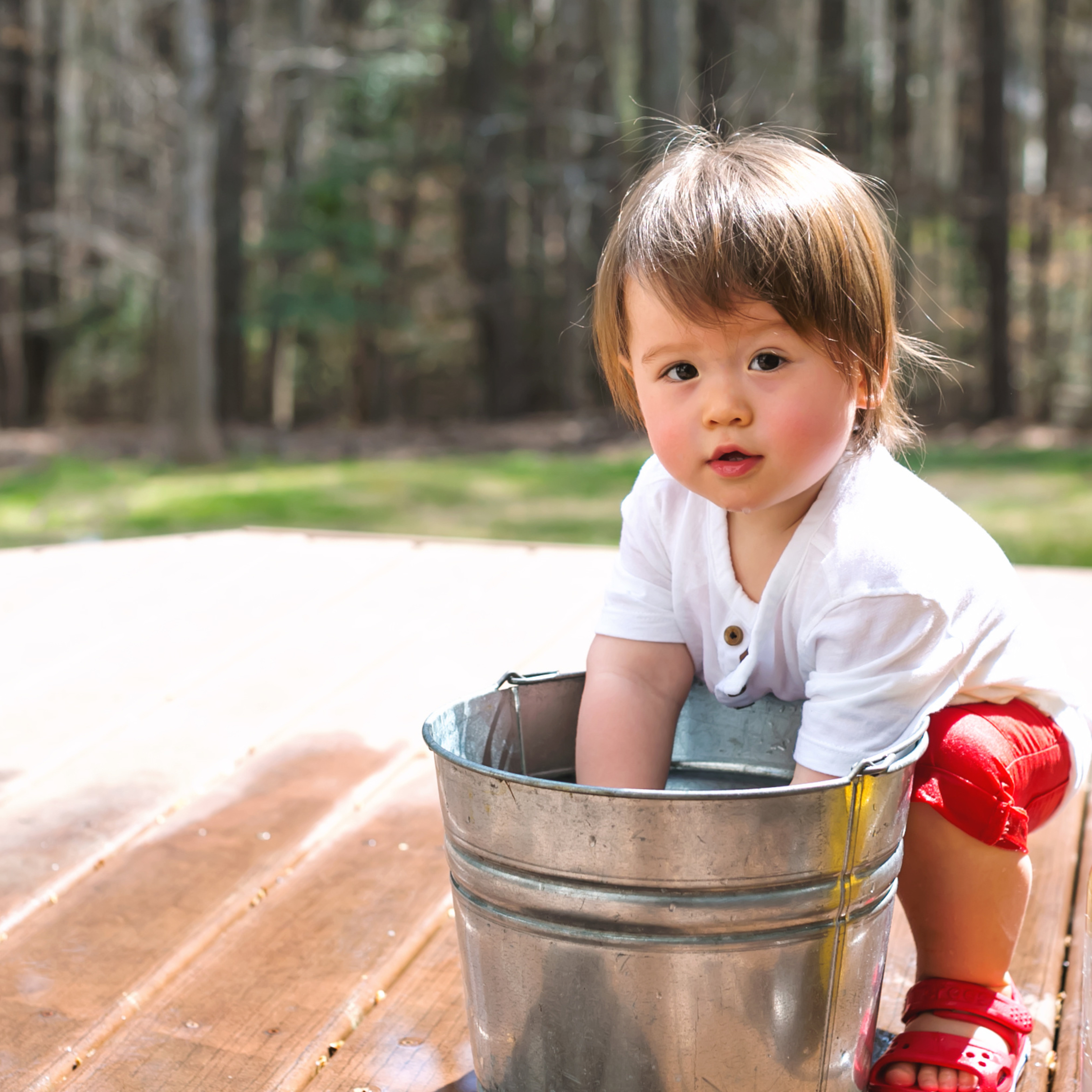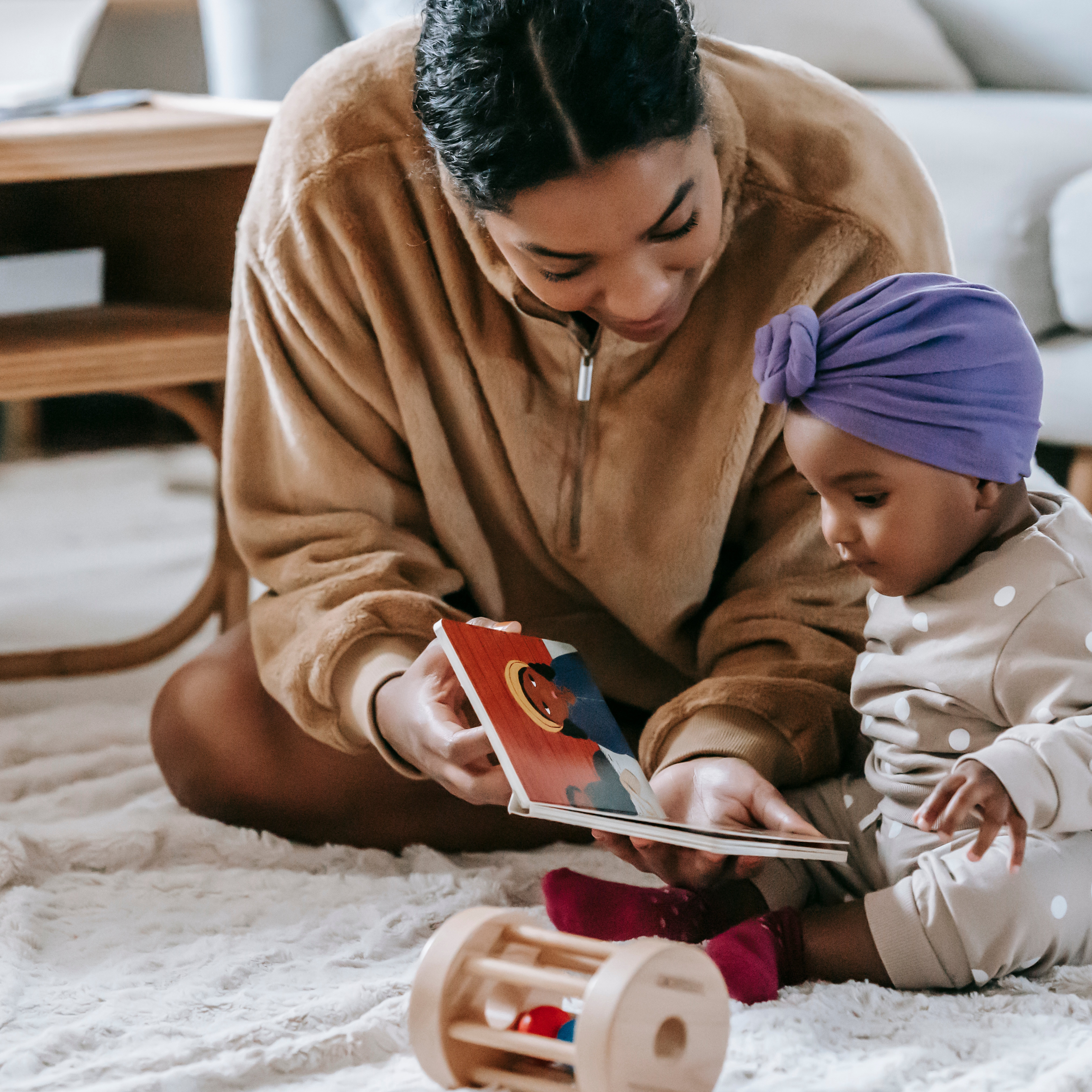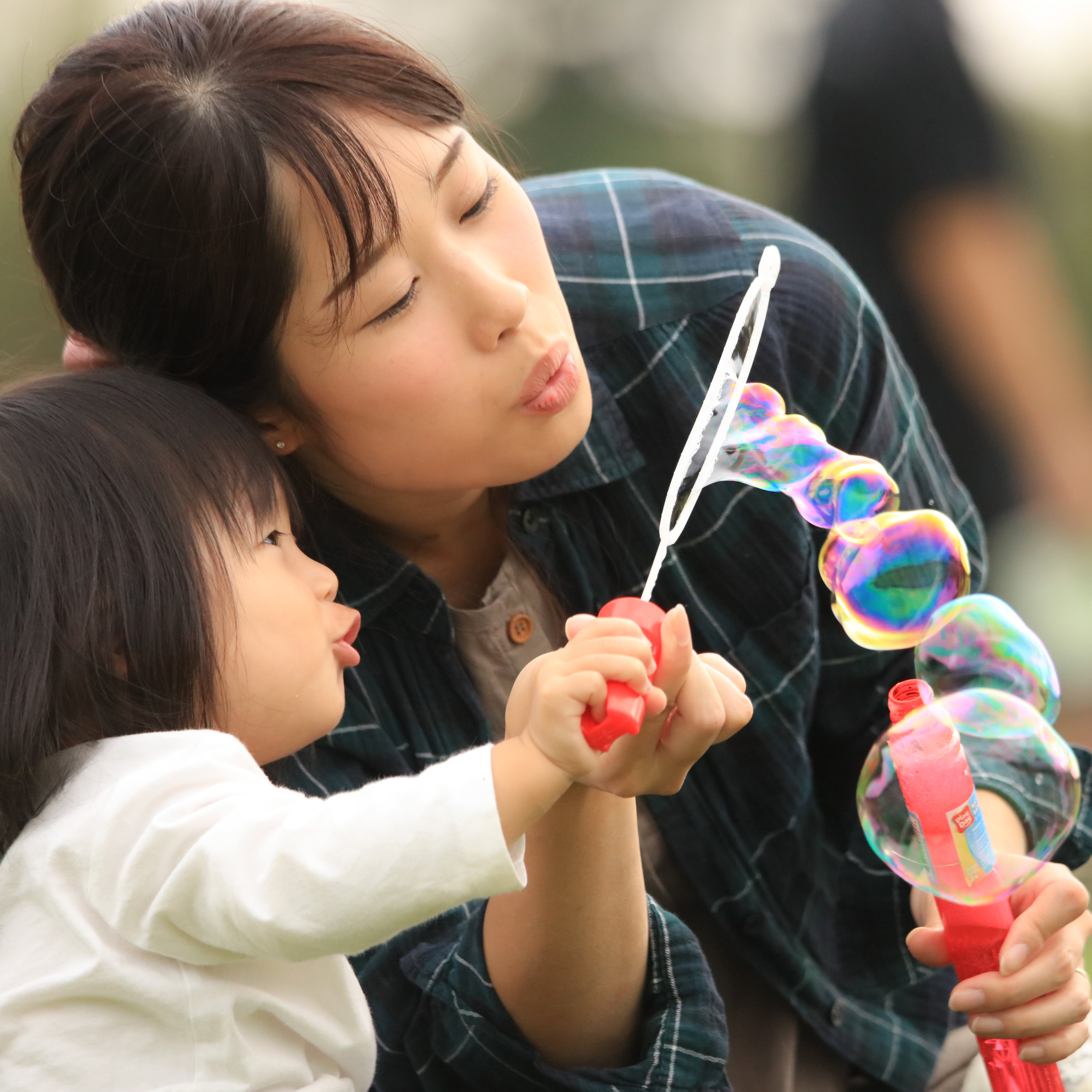· Beth & Michelle · Blog · 3 min read
5 Simple Ways to Boost Your Child’s Language Development Through Play

As pediatric speech-language pathologists, we are often asked, “What is the best way to help my child talk more?”
The answer might surprise you - play!
Play is one of the most powerful tools for supporting early language development. When we follow a child’s lead and engage with them during play, we create meaningful opportunities to model language in a fun and natural way.
Here are five easy, everyday strategies you can use at home to support your child’s communication skills through play:
1. Follow Your Child’s Lead
Let your child choose the toy or activity. Are they building a tower or zooming cars across the floor? Join in and talk about what they’re doing! Following their interests keeps them engaged and turns playtime into a two-way conversation.
Why it works: When children are interested, they’re more likely to listen, respond, and learn.
2. Pause and Wait
After you say something - pause. Look expectantly and give your child a moment to respond - whether it’s a sound, word, or gesture.
Pro tip: Count to five silently in your head. Waiting might feel awkward at first, but it gives your child the time they need to process and respond.
3. Model, Don’t Quiz
Instead of asking lots of questions like “What’s this?” or “What color is that?” focus on narrating and describing what your child is doing. For example, say, “That car is going fast!” or “You’re stacking the blocks so high!”
Why it matters: Children learn best when language is modeled naturally, not when they feel pressured to perform. Plus you are exposing your child to so many more vocabulary words!
4. Expand Their Language
When your child says a word or phrase - expand upon it! If they say “dog,” you might respond with, “Yes! A big dog is running!” This helps them hear how words and ideas connect.
Language grows when children hear slightly longer, more complex sentences built from their own speech. They may even imitate a longer sentence!
5. Repeat, Repeat, Repeat
Children need to hear new words many times before they can use them. Use the same key words over and over during play. For example, while playing with a ball, you might say, “Roll the ball. Throw the ball. Catch the ball.”
Repetition = retention. The more they hear it, the more likely they are to use it!
Want these strategies in a handout? Download them here!
Final Thoughts
Supporting your child’s speech and language development doesn’t require sitting at a table, flashcards, or apps - it starts with connection. By slowing down, tuning in, and making playtime intentional, you can turn everyday moments into rich language learning opportunities.



